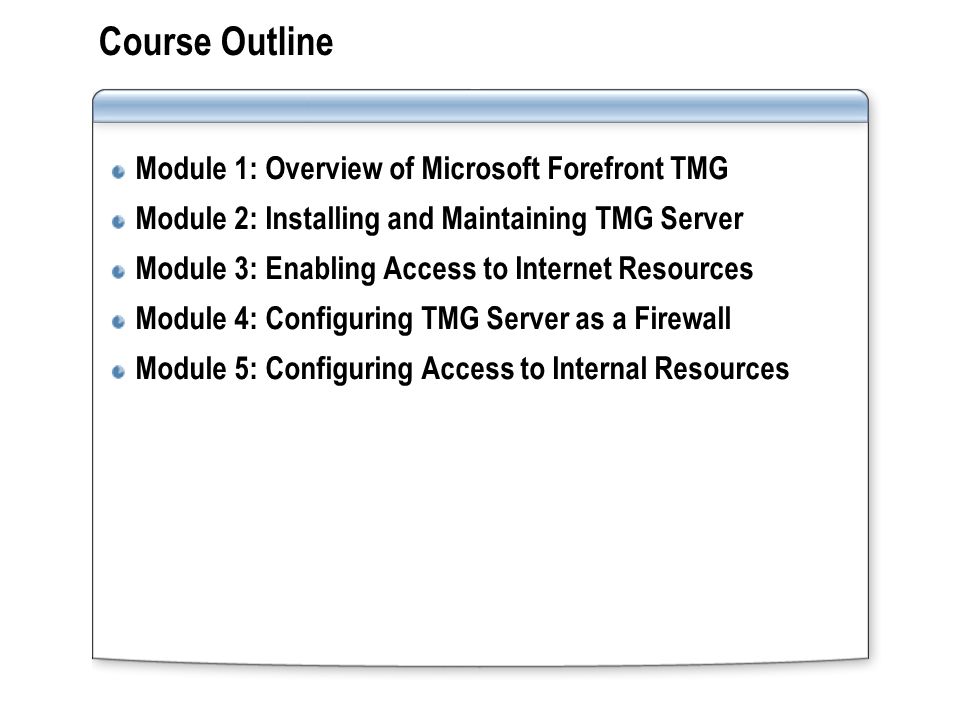

If you are unsure of any of the steps above or experience any issues, contact RSA Customer Support and quote this article number for further assistance.
TMG will now use the old node secret format in windows\system32 or \sdconfig and the RSA authentication agent will use the same node secret, but in the new format, in AuthData. Typically this will be C:\Program Files\Common Files\RSA Shared\Auth Data. Microsoft Forefront Security Configuration Wizard Microsoft Forefront Threat Management Gateway 2010. Now copy or move the new converted node secret to the \AuthData directory for the RSA Authentication Agent. Run agent_nsload with the conversion option to upgrade the node secret where newdir is a directory you create just as a location to receive a converted node secret.Īgent_nsload -c c:\windows\system32\securid c:\newdir\. Prove TMG logins now work using the new node secret. Perform a test login with sdtest provided by Microsoft TMG to create the legacy version node secret. Perform the steps below to resolve the issue. General Security Advisories and Statements. 
Outseer ® Fraud Manager On-Premise 14.x.REG file to import the changes into the Registry.Īfter the system has rebooted, test your server using the SSL Server Test Page. REG file from this link and put it on your TMG system. TMG and Windows should be completely up to date with updates and fixes. Make sure you are running Forefront TMG 2010 on top of Windows Server 2008 R2 with SP1.If you’d like to secure your Forefront TMG 2010 server, you can follow this procedure… REG file that can be applied to make all of the changes in one fell swoop.
 Reorder SSL cryptography providers to support Forward SecrecyĪll of these behaviors are controlled via Registry settings, so I managed to capture the relevant keys from a working configuration into a single. Many Google-hours later, I came up with my laundry list of things to fix: So the key was to secure Windows and IIS, and then Forefront TMG would inherit the benefits of the increased security. I was somewhat taken aback to see that my SSL sites were receiving “F” grades!Īfter a little digging, I determined that the root cause of the safety warnings was not my certificates or the configuration of Forefront TMG, but rather the significantly outdated security settings in use by Windows Server 2008 R2 (the most recent version of Windows Server on which Forefront TMG 2010 was supported). I utilized the outstanding SSL Server Test page hosted at Qualys SSL Labs ( ) to diagnose the issue. I verified that the certificates were valid, CRLs were accessible, Forefront TMG was working without errors, etc… but the warnings still persisted. Recently, I noticed that up-to-date versions of several browsers (especially Chrome) were flagging HTTPS URLs from those sites as having questionable security. I manage a number of networks which use Microsoft Forefront TMG 2010 as the primary firewall and reverse proxy.
Reorder SSL cryptography providers to support Forward SecrecyĪll of these behaviors are controlled via Registry settings, so I managed to capture the relevant keys from a working configuration into a single. Many Google-hours later, I came up with my laundry list of things to fix: So the key was to secure Windows and IIS, and then Forefront TMG would inherit the benefits of the increased security. I was somewhat taken aback to see that my SSL sites were receiving “F” grades!Īfter a little digging, I determined that the root cause of the safety warnings was not my certificates or the configuration of Forefront TMG, but rather the significantly outdated security settings in use by Windows Server 2008 R2 (the most recent version of Windows Server on which Forefront TMG 2010 was supported). I utilized the outstanding SSL Server Test page hosted at Qualys SSL Labs ( ) to diagnose the issue. I verified that the certificates were valid, CRLs were accessible, Forefront TMG was working without errors, etc… but the warnings still persisted. Recently, I noticed that up-to-date versions of several browsers (especially Chrome) were flagging HTTPS URLs from those sites as having questionable security. I manage a number of networks which use Microsoft Forefront TMG 2010 as the primary firewall and reverse proxy.







 0 kommentar(er)
0 kommentar(er)
